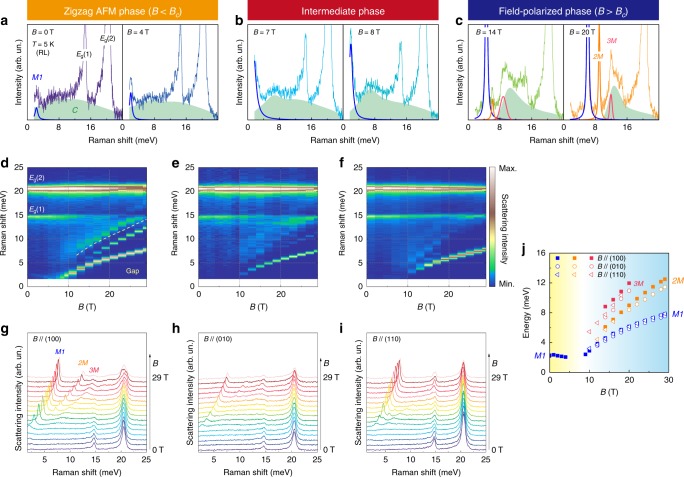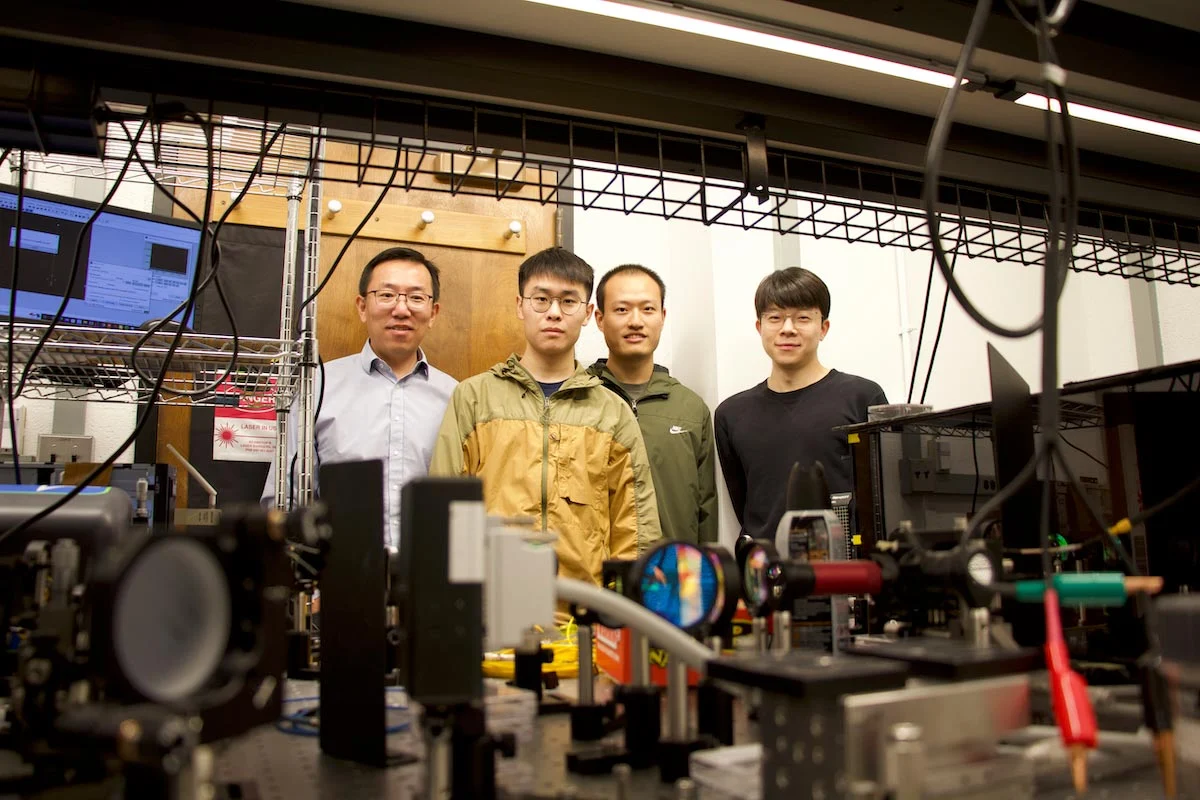Researchers have demonstrated a novel method for generating entangled states of light by continuously exciting a quantum emitter—specifically a superconducting qubit—with a coherent drive. This approach leverages mode matching in both time and frequency domains to create entangled photonic modes from the resonance fluorescence spectrum’s sidebands.
Traditional methods for generating entangled photons have relied on spontaneous parametric downconversion, which is inherently probabilistic. More recent experiments have achieved deterministic generation of entangled photonic states using polarization or time-bin degrees of freedom. However, the time-frequency dimension offers significant potential for high-dimensional quantum information processing.
In this groundbreaking work, the team employed a transmon-type superconducting circuit coupled to a waveguide. When driven near resonance, this quantum emitter exhibits resonance fluorescence—a fundamental quantum optical phenomenon known to produce antibunched photons. The researchers selected two temporally overlapping but spectrally orthogonal photonic modes from this emission.
Using joint quantum state tomography, they measured the logarithmic negativity between these two modes as a quantitative measure of entanglement. Under optimal conditions, they achieved a logarithmic negativity of 0.062, conclusively demonstrating entanglement between the modes. Crucially, because these entangled photonic modes are perfectly orthogonal, they can be transferred into distinct quantum memories.
This technique offers several advantages over existing methods. It creates a continuous source of entangled photons rather than requiring precise timing of control fields. Additionally, the approach is platform-agnostic, meaning it could be implemented across various physical systems and extended to different level diagrams and pumping schemes.
The implications of this research are far-reaching. The method could enable high-rate entanglement distribution for quantum networks, support waveguide quantum electrodynamics applications, and facilitate distributed quantum computing. By opening new avenues for extracting entanglement from continuously driven quantum systems, this work represents a significant advancement in quantum information processing technology.
Reference: Yang, J., Strandberg, I., Vivas-Viaña, A. et al. Entanglement of photonic modes from a continuously driven two-level system. npj Quantum Inf 11, 69 (2025). doi:10.1038/s41534-025-00995-1




